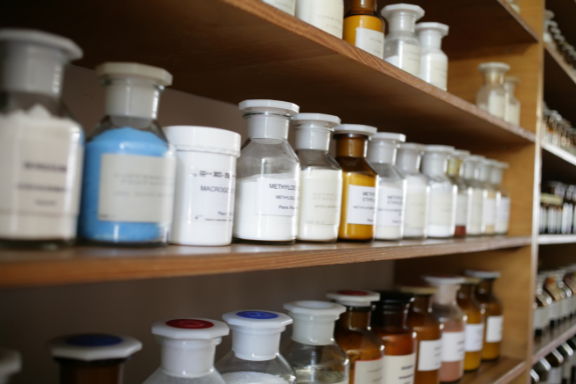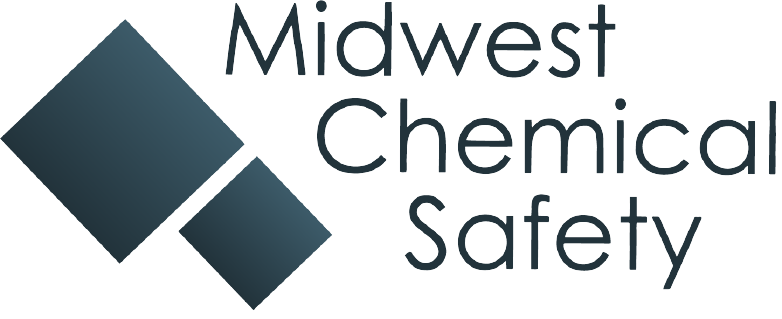This is Part Two in Midwest Chemical Safety’s series on Normalcy After Covid-19. Catch up on the first part of the series here:
Part One: Normalcy After Covid-19: Part One
Getting From Here to There

Due to the uncertainty of Covid-19 that we will face in the upcoming weeks (or perhaps months), MCS recommends phasing into normal operations. For the remainder of this article, we will focus on the chemical research environment, but the concepts that are given can be easily modified to any business.
With a complete shutdown of operations, we are in a state called Minimum Safe Operation. This is characterized by:
- A majority of our workers laid off or engaged in telework.
- The only persons on-site are those that must be there. For instance, security, some maintenance facilities and perhaps some select staff.
- Every space should have a designation:
- Inactive. It is cold and dark inside.
- No work, but there is monitoring of the space and some maintenance activities. (For example, filling cryostats for NMR magnets)
- Some ongoing activity or research.
- Full operation.
Before executing our return-to-work plan, answer the question “How do we get people back to the jobsite safely?” We must first have in place a plan to monitor for continuing illness. The current COVID-19 pandemic is troublesome for return-to-work policies due to the latency between infection and symptoms. The US Centers for Disease Control and Prevention issued a guidance document here: https://www.cdc.gov/coronavirus/2019-ncov/community/critical-workers/implementing-safety-practices.html. Some companies have developed checklists to help them make return-to-work decisions. Likewise, any plan to return to work should include plausible “What-If” questions to be addressed before the plan is executed; the first one being “What if critical individuals cannot return to work?”
The first group (Group 1) will be individuals critical to facility operations (such as ventilation, water and electrical services). Their goal is to ensure that the facilities are in a safe condition to return to work. This will be a team approach, as no single individual will know everything about every space at the facility. The team should consist of EHS representatives, Principal Investigators and technical experts to verify the facility is safe for workers to return. A vast majority of employees will remain laid off or teleworking. Plausible “what-if” questions that should be addressed before bringing back Group 1 could be, “What if we find a small chemical spill” or “What if critical facility infrastructure is not working?”
While Group 1 is working, prepare for Group 2. Group 2 will be characterized by a minimum number of critical production workers to begin the task to restart. During this phase, department heads will work closely with PIs to develop a plan to return to research (for research organizations) or unit leaders and management will work together to develop a restart plan for industrial organizations. There will be a need for some administrative personnel to support this group’s return to the site, but other administrative functions will still be in telework mode.
The final group (Group 3) will be the remainder of the workforce. As they return, make sure that you are continuing to monitor for illness.
This phase-in to normal operations will allow facility management flexibility as well as time to modify plans when necessary.
Midwest Chemical Safety, LLC can assist your organization with complete restart project management services. Contact Harry Elston at 217-971-6047 or harry@midwestchemsafety.com to set up an appointment. See the original LinkedIn Post Here.

